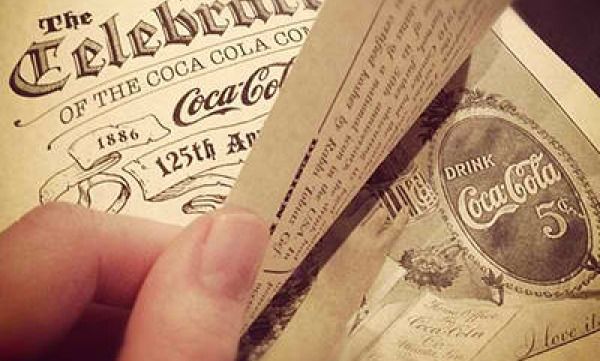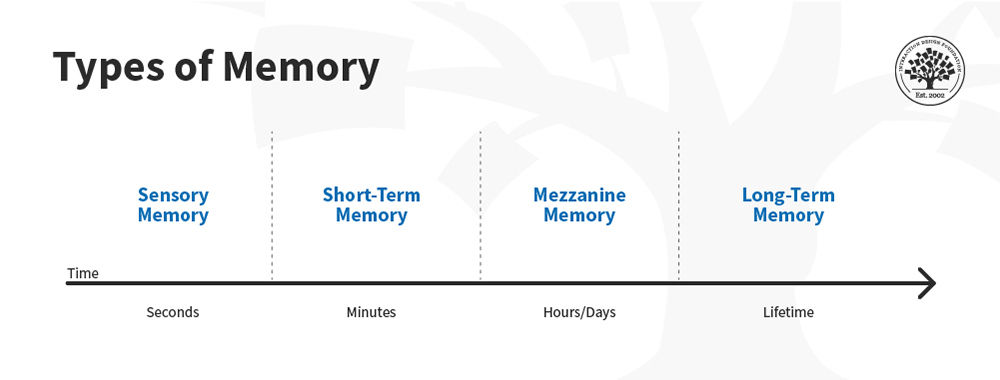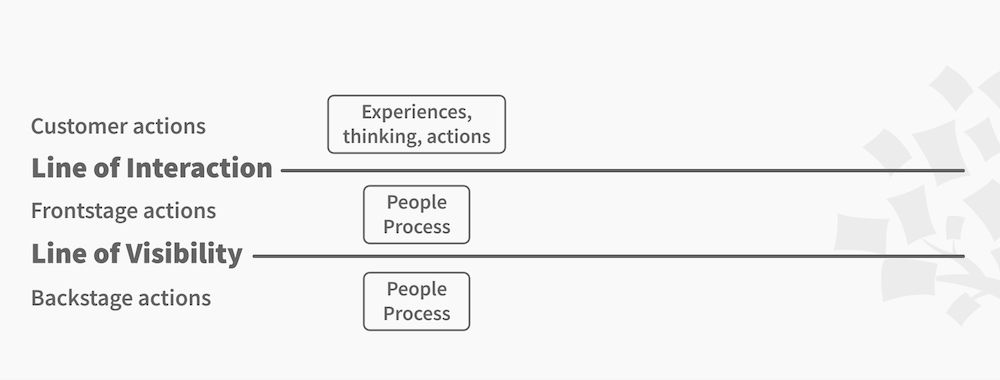When you were at school, in all likelihood your mum/mom/mother (delete as necessary) probably stitched your name into all parts of your uniform and sports kit. While they were probably itchy and annoying, they helped you keep track of your stuff by distinguishing them from everybody else's clothes. Personalising your things in this way, allowed you to say, definitively, that something was yours (unless your name is John Smith).

Branding works in much the same way. Companies and businesses attach names, logos, slogans, and specific design elements to their products to distinguish them from their competitors'. However, while your school shirt, trousers, etc. simply had your name in them, company branding is focussed on attaching or associating positive attributes to their products.
Branding: Making Positive Associations
We already make associations between certain words, colours, people, objects, styles, design features, and meaningful qualities, such as likeability, friendliness, sexiness, and wealth. Branding attempts to ensure the package they are offering or purporting to offer, bears positive qualities, rather than negative ones.
The brand of a company or specific product is essentially the idea or image they are trying to project, so consumers connect or identify with the whole group or one product in particular. Branding is meant to help make products instantly recognisable to consumers, and to ensure they help to maintain a positive image or reputation. It is for this reason that celebrity endorsers are dropped like a lead weight, if any indiscretion becomes public knowledge, Brands lose their meaning if the products become associated with people who are appearing in the news for negative reasons.

Branding is of particular importance to e-Commerce, as this aspect helps the company extend beyond the original products and/or services they provide, and to add value to their business not only from the products/services themselves. As with all branding the logos, images, text, and all other product/company identifying features must be consistent. The branding loses its significance and power when there are different styles, logos, fonts, etc. across the various pages of a site, pieces of promotional material, and any other place where consumers see your product.
Consistency in Branding
Coordinating all of the components of a brand and all instances where the product appears is a difficult job, but settling on specific styles, and focussing on core aspects of your business or company can also help focus the branding. If you achieve this consistency, and the branding is associated with positive attributes, such as honesty, quality, longevity, strength, and dependability, this builds a good reputation.

Branding has the capacity to elevate a business beyond the products and services it is offering; this is why so much money is spent on advertising, endorsements, and the design of the non-usable parts of products and services. If they do not have an established reputation, or if there is a not very positive reputation already, branding can turn public perceptions around. Once a reputation has been established with branding, it also drive business members and designers alike, to maintain the consumers' expectations through the products and services, and potentially exceed them to provide better and better experiences.
In Summary
Branding, however, should be seen as a means of enhancing or bringing existing qualities to consumers' attention. It is difficult to maintain positive public opinion if the products and services are not actually very good when consumers come to buy and use them. So branding should reflect the actual nature of what you are offering, and convey the benefits the user will experience by owning them. Otherwise, the veneer of branding will soon wear off, and you will be left with what was there to begin with: a poor phone/computer/website/etc.
Heading Image: Author/Copyright holder: Unknown. Copyright terms and licence: Unknown. Img
Image Source:
Branding Strategy (link to image)
The Marketing Bit (link to image)
Business Hi-Lite (link to image)
Miyo Studios (link to image)











